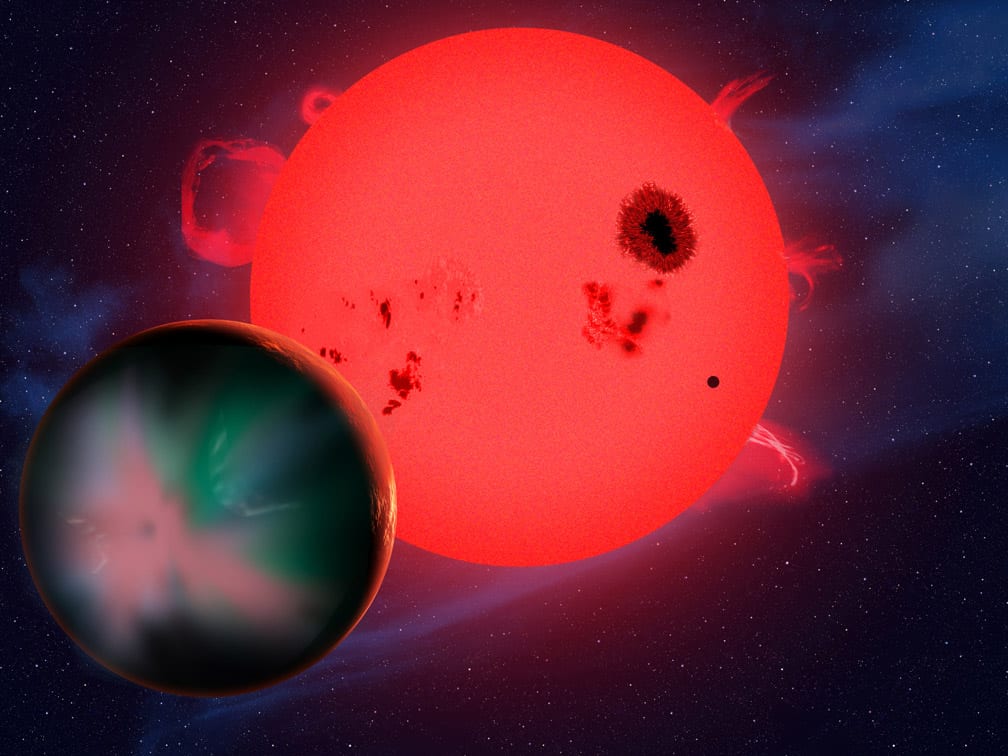
2. In the mid time-scale (months, one solar rotation of 27 days) we consider the ambient state of the solar corona and the interplanetary space. These changes are driven by changes in the solar magnetic field over these time scales. The main science questions are how does the solar corona get heated and how does the solar wind get accelerated.
